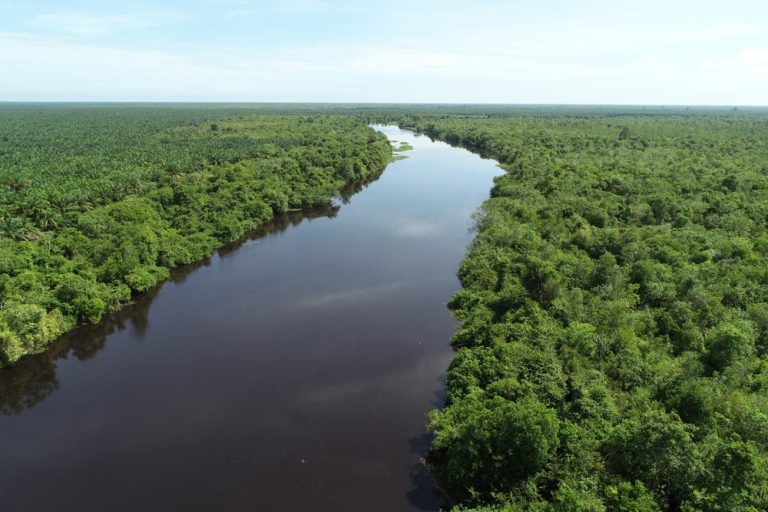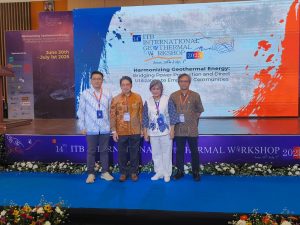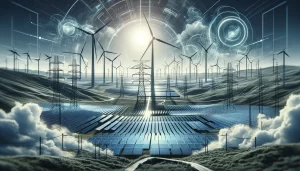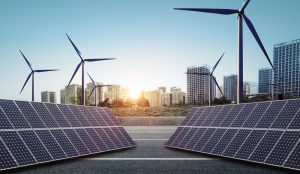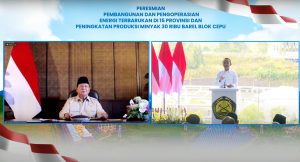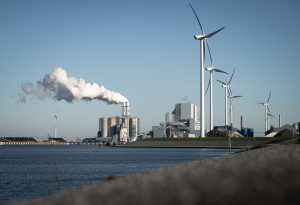by: Dani Kosasih
In 2021, the Indonesian government regulates carbon pricing in their effort to achieve their ambitious target in reducing greenhouse gas emissions by 29% independently and up to 41% with international support by 2030.
In an official statement at the end of 2021, the Ministry of Finance explained that the regulation
which took effect October 29, 2021, was issued to regulate several economic instruments such as: implementation of carbon trading, levies on carbon emissions, and performance-based payments for reducing carbon emissions.
Priority sectors are forestry sector, energy and transportation sectors which covered 97% of the total emission reduction targets for Indonesia’s Nationally Determined Contribution (NDC) commitments. The issuance of this regulation followed a number of fiscal policies that were issued to support the achievement of Indonesia’s NDC target. These regulations include: tax incentives, allocation of climate change funding at the ministry/institution level, Transfer to Regions and Village Funds (TKDD), funds from the state budget transferred directly to regional governments to fund specific programs as part of fiscal decentralisation.
Febrio N. Kacaribu, Head of the Ministry of Finance Fiscal Policy Agency (BKF), in a press release, said that various policy instruments are needed to achieve the NDC target. He said, the establishment of the carbon pricing regulation should be a milestone in setting Indonesia’s policy direction towards the NDC 2030 target. Furthermore, in the latest NDC 2021 document, through the long term strategy – low carbon and climate resilience (LTS – LTCCR), Indonesia also aims to achieve Net Zero Emissions (NZE) by 2060.
Other financing policy innovations include the establishment of an Environmental Fund Management Agency (BPLH); Sustainable Development Goals (SDG) Indonesia One, an integrated funding platform aimed to fund infrastructures oriented to achieve SDGs. The latest policy innovation adopted is the implementation of a carbon tax through the enactment of the Law on the Harmonisation of Tax Regulations (Tax Harmonisation Law).
The carbon pricing regulation was issued when it was urgently needed as a legal umbrella for the implementation of the domestic carbon market complementing Law no. 16/2016 concerning the Ratification of the Paris Agreement which does not regulate carbon pricing. Furthermore, the regulation will also be part of the government’s efforts to involve the business sector in emission reduction programs.
A study in the 2021 Indonesian State Budget and Finance Journal entitled “The Challenges of the Administration of the Imposition of Carbon Taxes in Indonesia,” also explained that a market-based approach scheme such as the Carbon Pricing regulation is a good step as one of the solutions that can be applied to reduce greenhouse gases (GHG) emissions. Carbon Market Watch through its Policy Briefing in September 2017 also emphasised that setting a price on carbon based on the “polluters pay” principle is a very strategic policy.
Build clear communication
The Executive Director of the Institute for Essential Services Reform (IESR), Fabby Tumiwa, appreciated the issuance of the carbon pricing decree. He agreed with the use of both cap-and-trade and carbon tax mechanisms. According to Tumiwa, the combination of the two mechanisms is an ideal way for Indonesia to accelerate the implementation of the carbon economy. However, this regulation should not confuse the business sector.
The government, he said, must establish clearer and more transparent lines of communication to the industry and businesses regarding the plan to implement carbon pricing. Currently, it is undeniable that there have been some rejections from the industry sector in Indonesia. The reason is caused partly by the lack of information from the government.
“The information must be clear. Many in the industrial sector are asking how this carbon tax mechanism will be imposed and what is the basic calculation,” Tumiwa told tanahair.net. Furthermore, the purpose of the carbon pricing regulation is to reduce carbon emissions. This means, he said, this regulation must certainly be able to encourage the industrial or economic sector to transform towards lower carbon development.
Carbon pricing mechanism
A carbon pricing mechanism will go a long way in shifting the burden of environmental degradation to those who are responsible. Through this mechanism, the polluter will be able to decide for himself what he should do. He can choose between stopping polluting activities, reducing emissions, or continuing pollution and then paying for it. The World Bank in its official statement said that carbon pricing will stimulate clean technology and market innovation and encourage the growth of a new, low-carbon economy.
There are two types of carbon pricing instruments, that is trading and non-trading instruments. Trading instruments include carbon trading, the buying and selling of carbon emissions that can be imposed as mandatory or voluntary in a carbon market.
The carbon trading scheme that will be implemented by the government is through emissions trading, also known as the cap-and-trade system, and offsets for greenhouse gas (GHG) emissions. Emissions trading is a transaction mechanism carried out between businesses that produce emissions exceeding the predetermined GHG emissions upper limit. Meanwhile, GHG emission offsets are a compensation mechanism for each unit of GHG emission released by the businesses through funding for emission reduction activities in other areas.
Meanwhile, the non-trade carbon pricing instrument is the imposition of a carbon tax as regulated in the Tax Harmonisation Law. Carbon tax is a levy imposed on the use of carbon-based fuels. Carbon emissions in this sense are carbon dioxide emissions equivalent (CO2e).
Based on the Tax Harmonisation Law, the carbon tax will be implemented in stages based on a roadmap that will contain a strategy for reducing carbon emissions in accordance with the NDC, priority sector targets, and the readiness of the country’s economic conditions. In Chapter VI, Article 13 of the Tax Harmonisation Law, it is stated that the imposition of a carbon tax rate is set at IDR 30 per kilogram of CO2e carbon. This rate is far below the recommendations of the World Bank and IMF for developing countries, which is between US$ 35 – US$ 100 per ton or around Rp 507,500 – Rp 1.4 million per tonne, assuming an exchange rate of Rp. 14,500 per US$.
A study in the 2021 Indonesian State Budget and Finance Journal, states that the land use sector, land use change and forestry are the largest emitting sectors in Indonesia. Therefore, the way to mitigate it must be regulatory (common and control). Meanwhile, the second and third largest emission contributors in Indonesia are the energy sector and the transportation sector, both of which can be managed through a carbon pricing mechanism.
Currently, the government is drafting various regulations derived from the carbon pricing regulation, including those related to the implementation of carbon pricing and NDC at the Ministry of Environment and Forestry and the Steering Committee on Carbon Economic Value at the Coordinating Ministry for Maritime Affairs and Investment.

